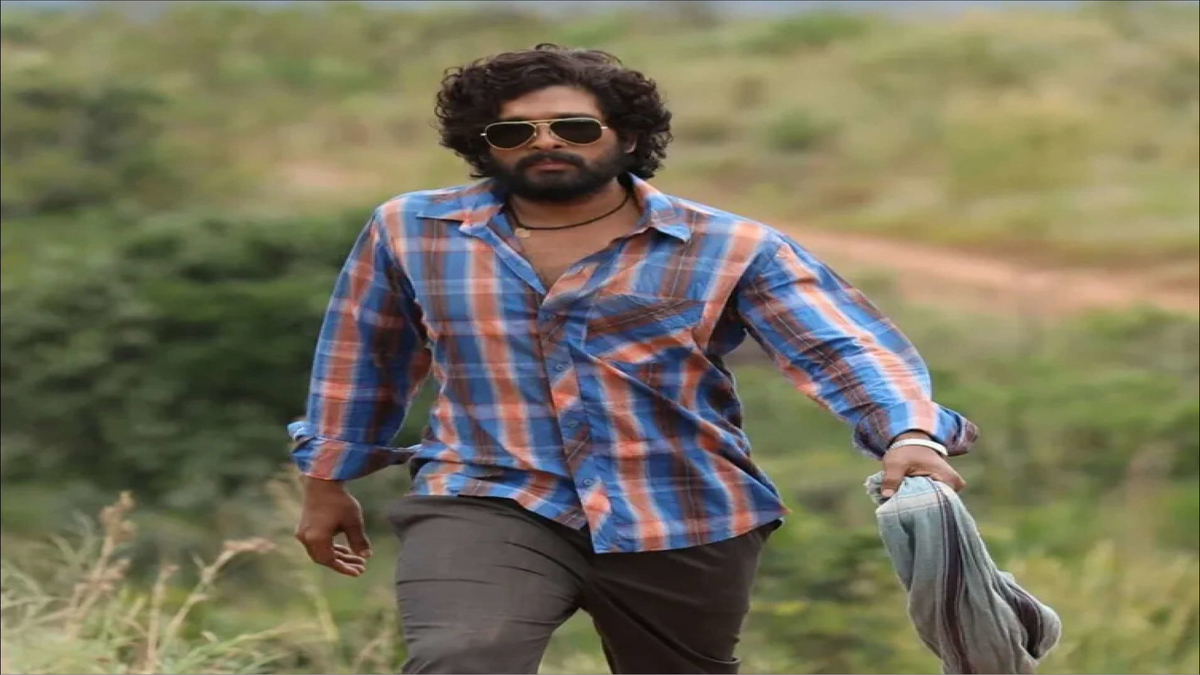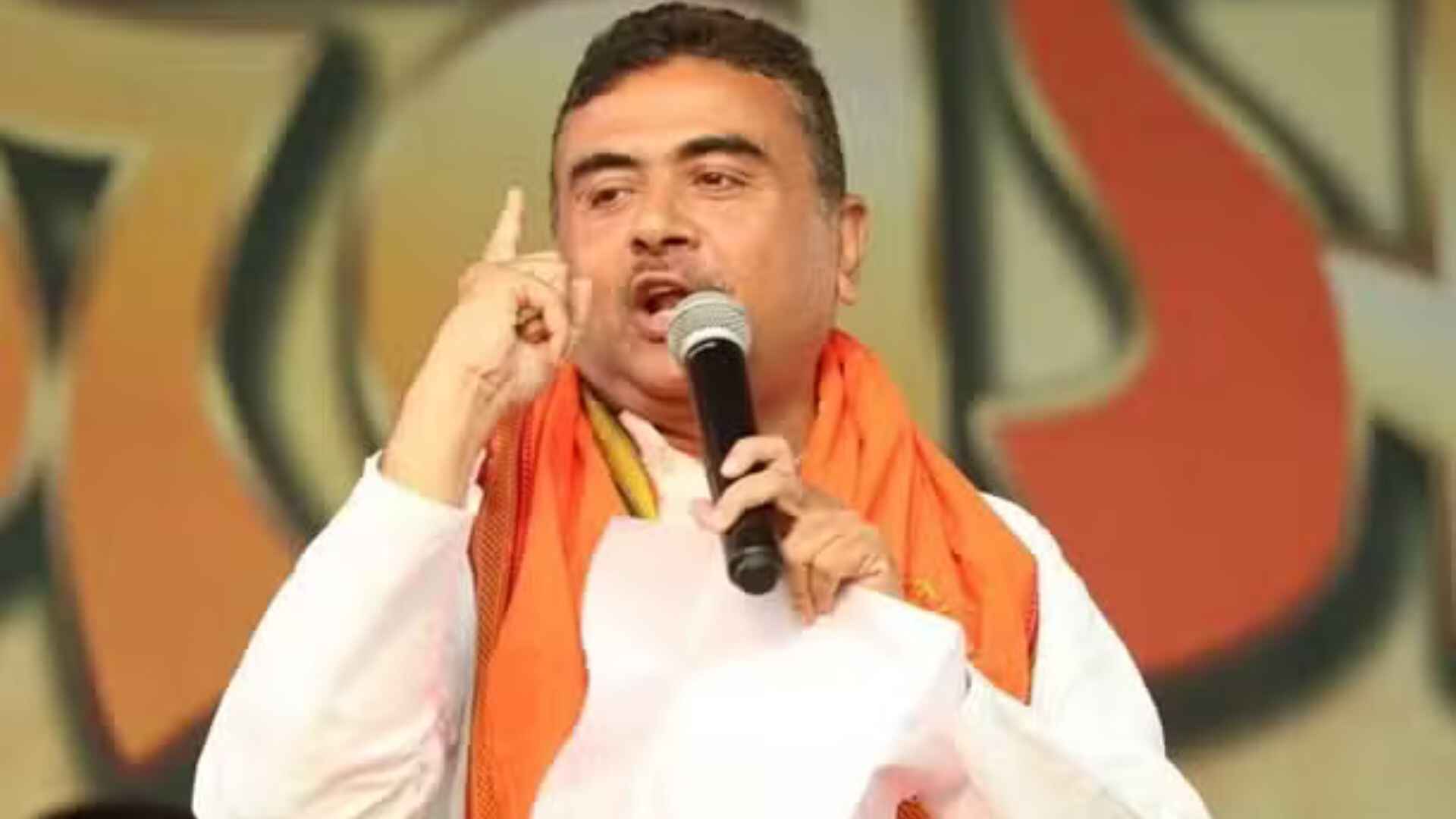Indian cinema has in many ways been a mouthpiece of Indian culture. Indian food and Indian movies are perhaps India’s most popular exports to the world. The Hindi film industry or Bollywood has ruled the world of Indian cinema since time immemorial, practically eclipsing the other film industries that have largely remained confined to their respective regions. The narrative set by Bollywood, be it in terms of story, acting and perhaps even music is, therefore, the dominant discourse. The dominance is of such a magnitude that Bollywood is considered to be the “core” of the film industry in India and all other forms of cinema are considered to be the “periphery”.
The audiences have for centuries accepted whatever Bollywood has chosen to show them, right from the blockbuster entertainers of the 1970s and 80s to the rom-coms of the 90s. With the turn of the millennium, experts began to claim that Bollywood cinema had come of age and that it had something new to offer, a claim that can be contested on many grounds. Some engrossing films were made in the early 2000s, but the movies being made in Bollywood, particularly over the past two decades, certainly do not qualify as masterpieces of Indian cinema. In recent years, films that are being made have found no takers except the urban multiplex audiences. Most of the films are centred on themes that do not resonate with the masses.
The ‘OTT Revolution’ has played a significant role in overturning the fortunes of Bollywood, but most importantly, Bollywood because of its cultural bankruptcy has degenerated into a film producing factory with no substance.
In what can be touted as the rise of the ‘periphery’, regional cinema, particularly from the South, has created a space for itself by offering the masses popular content, which not only deals with socio-political realities but also entertains the audiences with stellar performances and song and dance sequences with an old-world charm.
The recent blockbuster Pushpa is an example of such a genre, which is popular yet thought provoking, entertaining yet meaningful. The film is a runaway hit in Telugu, the original language in which it was made, as well as in Hindi, grossing close to 400 crores and counting. It has done significantly well in both urban and rural areas, causing significant discomfort to the dominant Bollywood bandwagon. What makes Pushpa stand out? What explains its popularity in Covid times when all Bollywood films, including 1983, which was supposed to elicit some response, bombed at the box office?
Allu Arjun starer Pushpa is a typical masala movie with all possible kinds of twists and turns that a film can encompass. It is a simple story of a man rising up the ranks and becoming the head of the red sandalwood smuggling syndicate in Seshachalam. Many would call it a rip-off of the films that were made in the 1970s, many would also criticize it for being less cerebral, but what makes this film stand out in a world full of make-believe Bollywood cinema is its uncomplicated rendering of a story, which resonates with the audiences. The astonishing rise of a man from nowhere gives hope to the multitude who have suffered during the Covid-19 pandemic.
The film is steeped in tradition, a novelty as far as Bollywood films are concerned. The scene in which the labourers working in the deep woods of the Seshachalam forest perform puja before starting their task for the day depicts the intactness of belief systems even among those who are involved in nefarious activities. The first song sequence, Jago Jago Bakre in the Hindi version, also showcases a traditional Hindu celebration in the form of a puja in honour of goddess Kali.
The scene in which the ladylove of the male protagonist, Srivalli, played by Kannada actress Rashmika Mandana, is waiting to spot a lucky bird before filling milk in the tankers exhibits the significance of local traditions. The first meeting point of Pushpa and Srivalli is a temple. Another scene from the film, which stands out, is the oath-taking ceremony inside the temple after which Pushpa becomes the head of the syndicate. The temple, therefore, is shown as an important entity, which occupies a special place in the social fabric of the town.
In an era where Bollywood is churning out movies, which target traditional value systems, Pushpa stands out as a celebration of tradition. Even the playboy Jolly Reddy, impressively played by Kannada actor Dhananjaya, who otherwise has a very colourful life, does not shy away from wearing a tilaka on his forehead.
All the female actresses are seen wearing saree, the traditional attire of women in the South and many other parts of the country, and a garment which has almost lost its place in Bollywood cinema, which is perhaps trying to compete with Hollywood without giving any thought to contextual differences between the Indian and Western cultures. The female protagonist wears a customary silk saree for her engagement and is decked up in traditional jewellery. Pushpa and Srivalli’s wedding is also a conventional affair with recitation of mantras and other traditional rituals associated with a Hindu wedding.
The film also navigates various class-caste narratives and shows the social realities of rural India. The cruel stepbrother, the hapless mother, the aspirational young protagonist, the quintessential Casanova, the fierce middleman, the ambitious police officer, and other characters have been beautifully enmeshed in a story, which keeps the audiences glued to the screen.
In an era where there is much talk about “coming of age” Bollywood cinema, Pushpa offers a welcome break. It is traditional, it is raw and rustic, and it is a complete entertainer. There is no spiel about “wokeness”, no unnecessary resistance to tradition, and no over-bearing commentary on feminism. At a time when wokeness is being shoved down everyone’s throat, this film is a departure from the dominant discourse set by Bollywood.
The humongous success of Pushpa must have certainly created ripples in the entitled Bollywood club, but more importantly, Pushpa has proven that there is no need for Hindu bashing, pseudo feminism or any form of pseudo intellectualism for a film to become a blockbuster. A story well told which sends the pulse racing from the first scene to the last is enough to attract audiences to the theatres. Pushpa is no Renaissance of Indian cinema, but it surely is and shall remain one of the best cinematic experiences for the common man.
The Author is a Historian
The success of Pushpa: The Rise is indeed an eye-opener for all filmmakers and trade experts who thought it was too regional in flavour to appeal to a Pan-India audience. The fact is Pushpa has done much much better in the dubbed Hindi version than in the original Telugu version.











